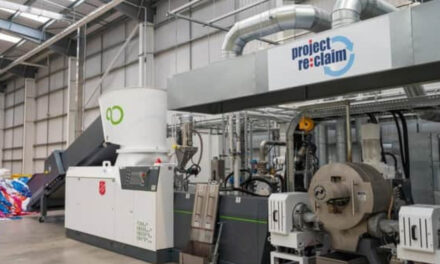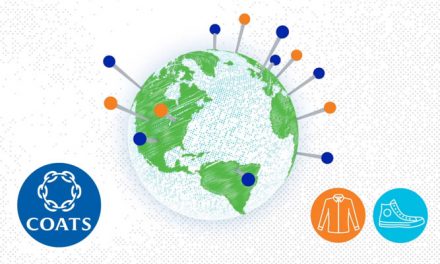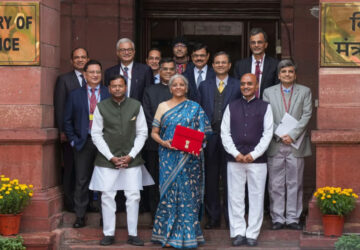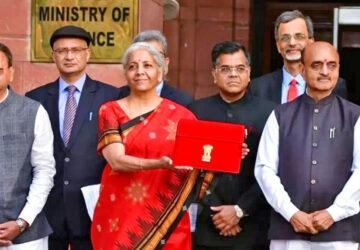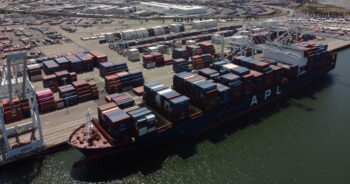 In 2022, the European Union’s (EU) trade in textiles and clothing exceeded, for the first time in history, the 200 bn euro mark. This record growth of total trade is mainly due to a sharp increase in clothing imports (36,6 percent in value), especially from China and Bangladesh, which outweighs EU’s positive export performance. As a result, the EU’s trade deficit in textiles and clothing has increased to 70 bn euro, which is 48 percent higher than the year before.
In 2022, the European Union’s (EU) trade in textiles and clothing exceeded, for the first time in history, the 200 bn euro mark. This record growth of total trade is mainly due to a sharp increase in clothing imports (36,6 percent in value), especially from China and Bangladesh, which outweighs EU’s positive export performance. As a result, the EU’s trade deficit in textiles and clothing has increased to 70 bn euro, which is 48 percent higher than the year before.
Such a growing deficit is a cause for concern; the objective of the EU’s Industrial Strategy to strengthen the region’s resilience and ‘strategic autonomy’ is not happening. Instead, its dependency has increased, and becomes critical in certain raw materials and fibres, according to the 2023 Spring Report by the European Apparel and Textile Organisation (EURATEX).
The report, which analyses the latest trade flows for textiles and clothing products, also challenges the commission’s ambition to promote and prevail high quality and sustainable textile products on the single market—regardless of where they have been produced. With imports now reaching 140 bn euro, it will be a challenge to effectively control the quality and compliance over these imports. Market surveillance will need to be stepped up massively, without becoming a barrier to trade.
EURATEX calls for strengthening efforts towards the EU’s export performance, so as to rebalance the region’s trade relations with the rest of the world. EU companies are world leaders in high-end fashion products and technical textiles. More needs to be done to support their activities in established markets as well as emerging economies. For instance, the ongoing free trade agreement (FTA) negotiations with India should focus on improving market access and ensure fair competition with local companies.
The report has also highlighted significant differences between trade in value and in volume. EU’s export of textile products has increased by 13 percent in value, but actually dropped by nearly 7 percent in volume. This reflects the very high inflation figures from last year, caused initially by the rising energy prices and changing central bank policies. This in turn leads to uncertainty for the consumer, resulting in low demand and gloomy prospects for the entire value chain.
Director General Dirk Vantyghem commented: “This report confirms once again that a textile is one of the most globalised sectors of the European economy, and hence the importance of taking that global dimension into account, when designing EU and national policies. Failing to do so may have a devastating effect on the global competitiveness of the European textile industry.
“It is essential to stabilise inflation, restore consumer confidence, and ensure a level playing field for all operators in the textile industry. On that basis, European companies can prosper and offer quality jobs to 1.3 mn workers.”
 In 2022, the European Union’s (EU) trade in textiles and clothing exceeded, for the first time in history, the 200 bn euro mark. This record growth of total trade is mainly due to a sharp increase in clothing imports (36,6 percent in value), especially from China and Bangladesh, which outweighs EU’s positive export performance. As a result, the EU’s trade deficit in textiles and clothing has increased to 70 bn euro, which is 48 percent higher than the year before.
In 2022, the European Union’s (EU) trade in textiles and clothing exceeded, for the first time in history, the 200 bn euro mark. This record growth of total trade is mainly due to a sharp increase in clothing imports (36,6 percent in value), especially from China and Bangladesh, which outweighs EU’s positive export performance. As a result, the EU’s trade deficit in textiles and clothing has increased to 70 bn euro, which is 48 percent higher than the year before.


